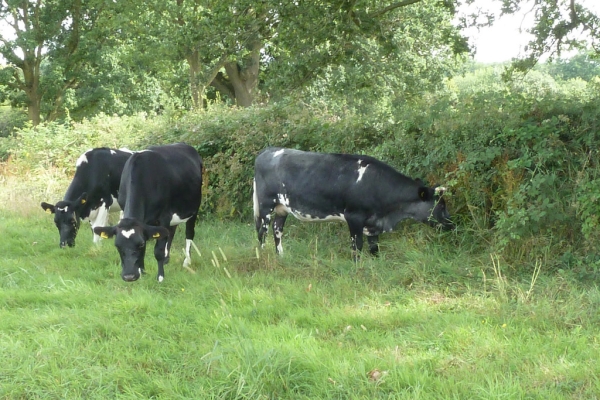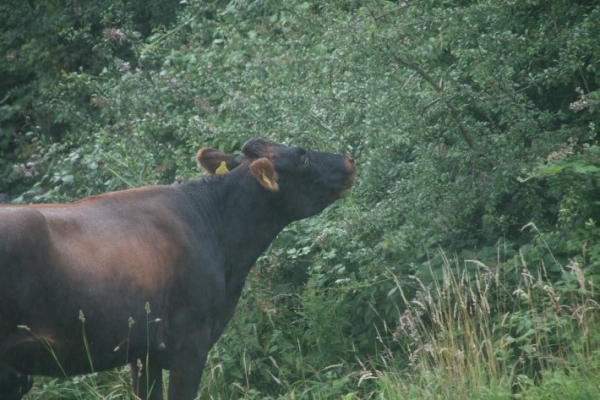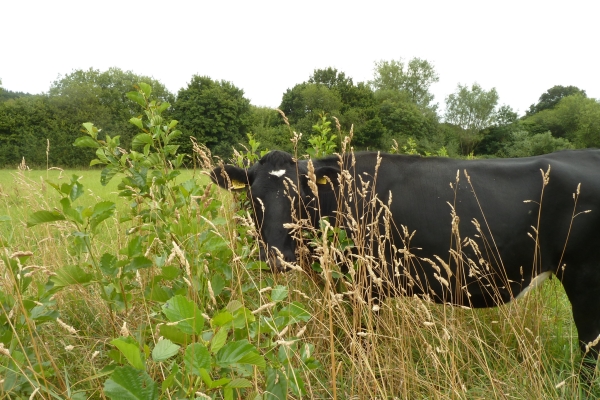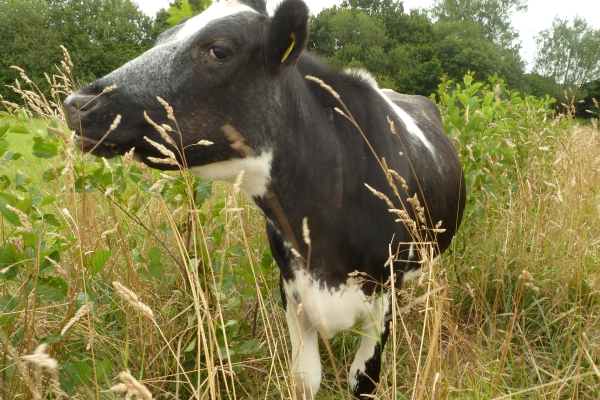Agroforestry for livestock systems
SOLID Farmer Handbook: Technical Note 12
Resource explained
Increasing evidence points towards agroforestry being a sustainable alternative to agricultural systems that are heavily reliant on external inputs. This technical note highlights the potential benefits and impacts of using an agroforestry system for low-input and organic dairy systems. It describes how silvopastoral systems in temperate developed countries have evolved into modern systems that can deliver a wide range of products and services. As part of the SOLID project, the Organic Research Centre (ORC) has carried out research into agroforestry systems at two sites in the UK: an established willow agroforestry system at Wakelyns Agroforestry in Suffolk, and trials at ORC’s Elm Farm site in Berkshire on willow and alder – crops with dual value as a source of bioenergy and livestock fodder. The note summarises the findings from this work with sections on tree fodder and browsing, productivity, microclimate, and the considerations involved in establishing agroforestry systems.
Findings & recommendations
Tree fodder and browsing
- In the UK it is common for cattle to browse on a wide variety of trees and shrubs.
- Tree fodder offers an additional feed source for livestock providing protein and minerals, but values vary depending on tree species, season and bio-geographical factors.
Productivity
- Sward production, especially at the edges of alleys, can be impacted by shading and competition from established trees.
- Some of these negative effects can be mitigated by using wider alleys and by selecting shade-tolerant pasture species.
Shelter and microclimate
- Trees can modify temperature and wind speed with benefits for animal welfare: providing shelter for livestock during the winter months can lead to better survival rates, increased milk production, and significant savings in feed costs.
Planning agroforestry systems
- You should carefully consider your desired outputs, site conditions and climate, species properties and interactions, agronomic factors, and government regulations when planning an agroforestry system.
- Initial investment is high but agroforestry systems have the potential to be more profitable than exclusively livestock or forestry systems longer term.
This technical note is number 12 in the SOLID Farmer Handbook. Find out more about the SOLID project here, and Wakelyn’s Agroforestry here.








